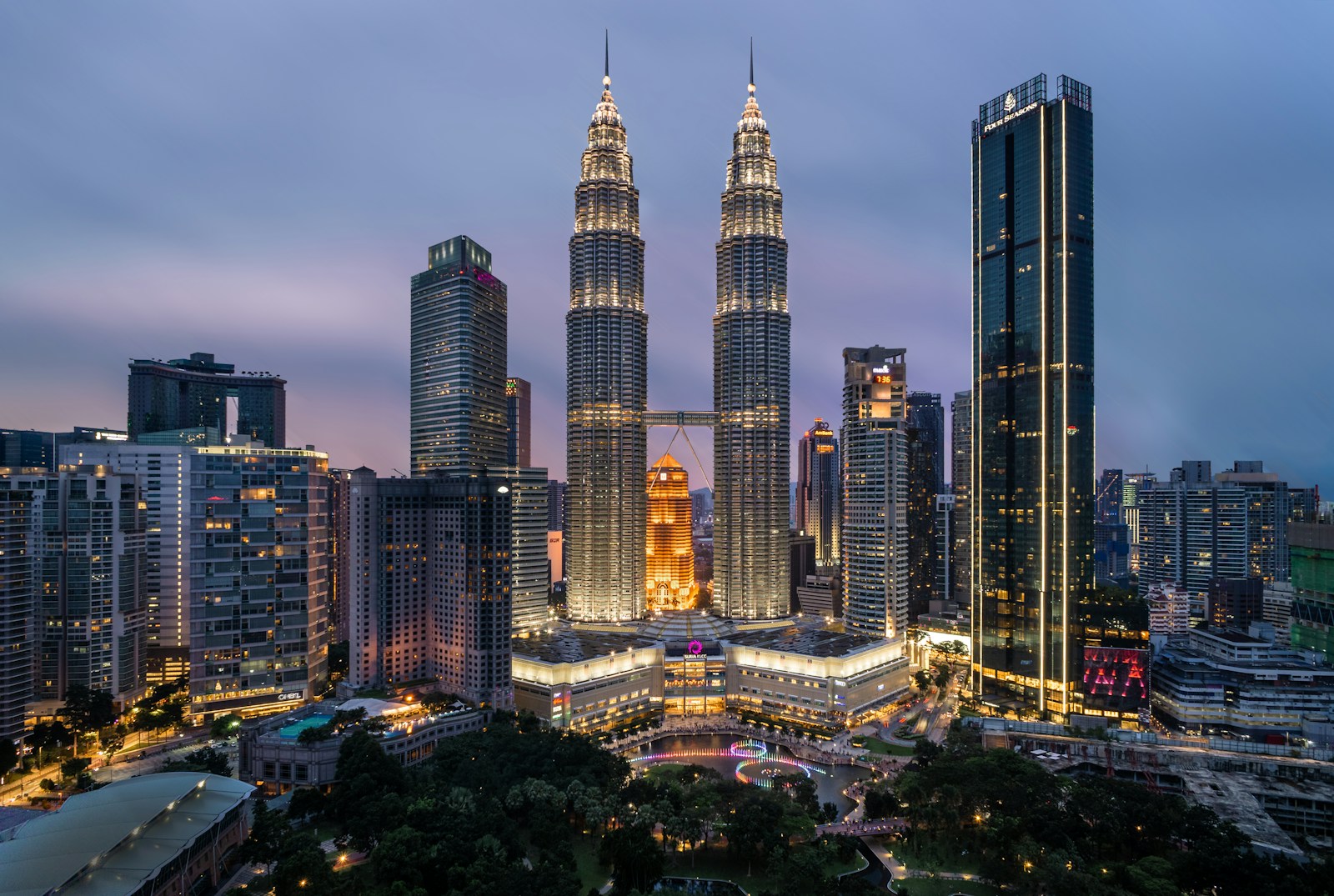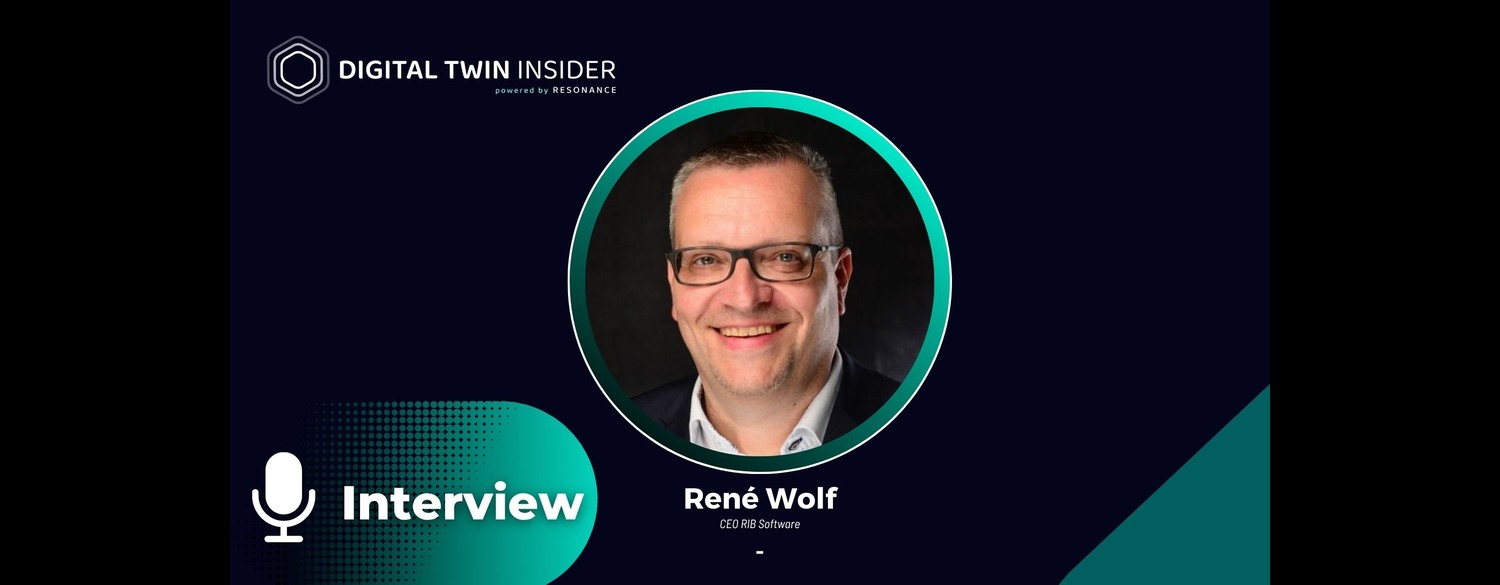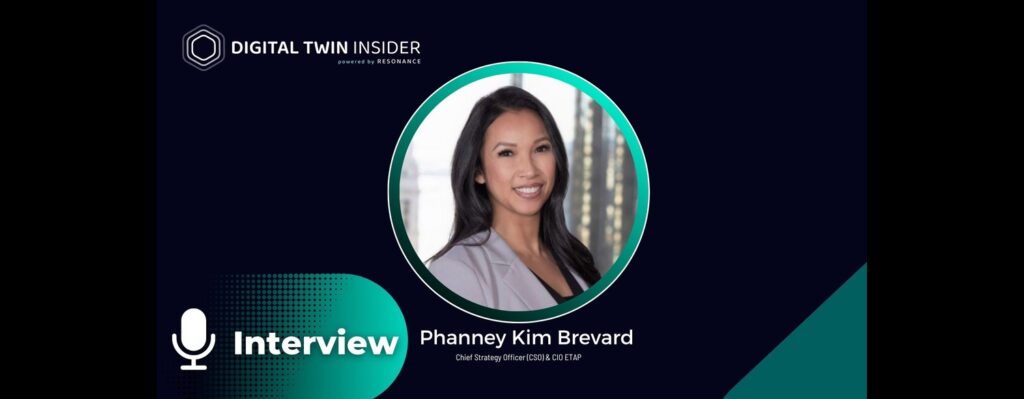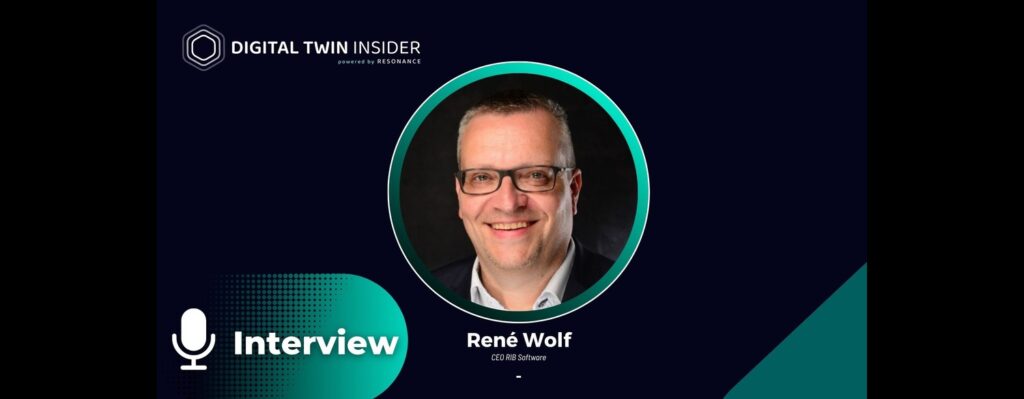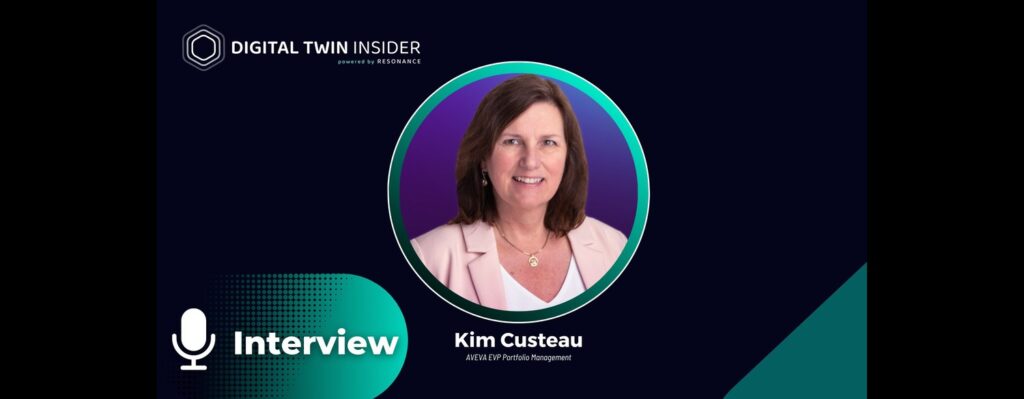A recent article by Dr. Manjit Singh Sidhu, Professor at the College of Computing and Informatics, Universiti Tenaga Nasional, provides an example of how digital twins can be used to meet Malaysia’s sustainability objectives. With a fast-growing economy and greater need for energy, the Malaysian administration is seeking the most current of alternatives possible that will help to improve energy efficiency, lower greenhouse gases, and ensure a properly managed energy supply.
In an effort to promote energy efficiency, cut greenhouse gas emission intensity, as well as guarantee supply reliability, the government of Malaysia is experimenting with digital twins — essentially, digital models of physical systems. These advanced tools offer a dynamic solution to real-time monitoring, visualization, and energy optimization in a variety of industries.
In the manufacturing sector, digital twins enable continuous monitoring and optimization of energy consumption towards realizing enhanced efficiency, lower operation costs, and reduced carbon emissions. In infrastructures and buildings, they enable energy management and reduced electricity costs and environmental footprint.

The renewable energy industry has nothing less to gain from digital twins as well. The virtual models help to simulate and analyze various situations for better integration of solar and wind energy into the grid. Impacts of intermittent sources can be anticipated and energy storage solutions can be optimized as well for betterment of sustainable urban planning in leading cities such as Kuala Lumpur.
Oil and gas and power generation companies are resetting the manner in which predictive maintenance is carried out using digital twins that can at once monitor the state of machines as well as predict failures so that the company can perfectly schedule maintenance, obviate any unscheduled downtime, and optimally generate power.
This is besides the fact that digital twins allow for accurate forecasting of energy uses, a process which enables grid management and involving the government in providing advice on policy on energy and investment on energy infrastructure. It is a data-centric methodology that is in sync with the sustainability and resilience of Malaysia, leaving Malaysia with effective management of the supply of energy.
As Dr. Sidhu pointed out in the article, the implementation of digital twin solutions in Malaysia is telling about the country’s concern for the utilization of the latest solutions for sustainable development. This strategic forethought makes Malaysia an environmentally-conscious front-runner heading its way towards a more sustainable future.
If you found this article to be informative, you can explore more current Digital Twin news here exclusives, interviews, and podcasts.
